To avoid "cutting a plow in the middle of the road" with high-speed railways, it is necessary to analyze and evaluate comprehensively, scientifically, methodically and the key "bottleneck" from technology!
Vietnam can master technology!
The North-South high-speed railway project with a total investment of about 67.34 billion USD is considered the largest public investment project in the country's history, playing an important role, having a long-term strategic nature, deeply and widely affecting all aspects of the country's socio-economic development and having a very large scale, requiring complex technical technology, being implemented for the first time in Vietnam. However, the problem is that to successfully implement this super project, all levels and sectors must have fundamental solutions to solve a series of difficult problems.
In particular, the choice of technology for the project is especially important. The project must use the most advanced technology that can be easily upgraded to avoid the situation where the technology is outdated when completed.
So how can Vietnam master technology?
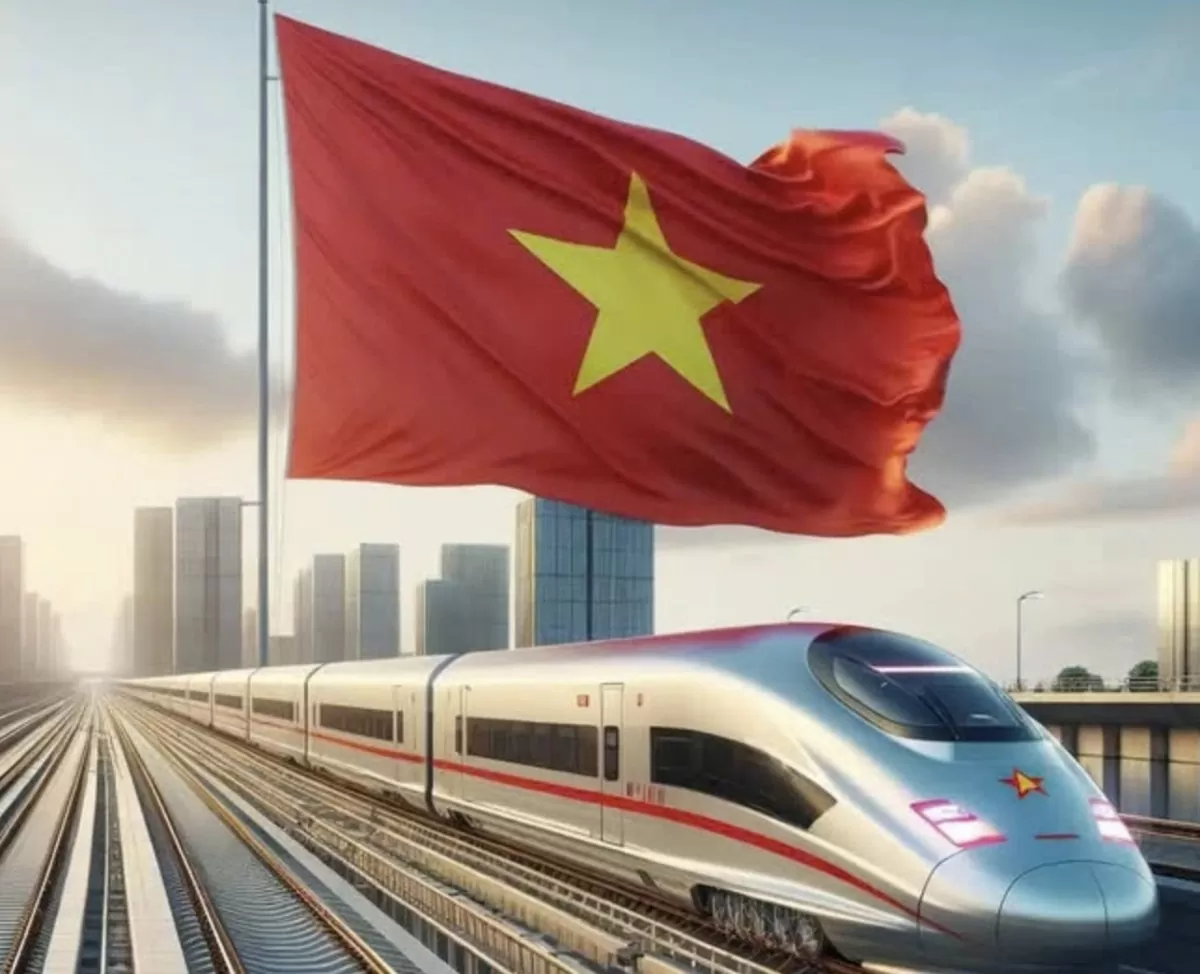 |
| The North-South high-speed railway project has a total investment of about 67.34 billion USD. Illustrative photo |
In order to join hands and unite with the common goal of realizing the dream of having breakfast in Hanoi and lunch in Ho Chi Minh City on the 350km/h railway, many large enterprises in the industry have joined in. Assessing the prospects of participating in the project, Mr. Nguyen Quang Huy - General Director of Deo Ca Group - said that besides the great opportunities brought by the high-speed railway project, there will be many challenges in technology and engineering.
Providing solutions, Mr. Huy said that in terms of technology, Deo Ca Group has conducted business trips to China, Japan and Europe to visit, research and invite international units to cooperate. In addition, the Group is also proactively seeking digital transformation solutions, while aiming to participate in the production of locomotives and carriages to increase the localization rate according to the Government's strategy.
“ We have strengths in human and financial resources, and are researching and finding international units with experience and reputation in railway technology to cooperate with, aiming to localize production activities to serve the high-speed railway project ” - General Director of Deo Ca Group shared.
In reality, the lack and weakness of technology and engineering are major barriers in the implementation of high-speed railway projects. And many concerns have been raised that in the future, if the North-South high-speed railway project continues to bid to select foreign suppliers, not only will the capital risk increase, at the same time, the time for completion is unknown and, more dangerously, will depend forever on foreign suppliers.
Giving his opinion on this issue, Director of the Hanoi Department of Transport Nguyen Phi Thuong said that Vietnam is lacking a common technical standards system for the railway network. Accordingly, technology transfer has so far only stopped at training for operations, while most of the operating equipment is imported from abroad and not produced domestically. " In case of replacement, we have to depend on foreign manufacturers, which is very difficult ," Mr. Thuong stated.
Transfer and mastery of high-speed railway technology
The problem of mastering technology will be the key factor and looking from world experience, it can be seen that Japan, France, Germany, Italy are the countries that have developed and completely mastered high-speed rail technology. Meanwhile, China, South Korea, Spain are all countries that have received technology transfer and are moving towards mastering the technology.
For example, China does not choose a specific country to provide technology but buys all railway technology from many countries such as Japan, Germany, France, Canada and develops its own technology.
To receive, master and develop technology, China mobilizes a huge human resource force of up to 25 universities, 11 research institutes and 51 technical research centers (about 68 academicians, 500 professors and more than 10 thousand engineers).
After that, China developed its own trains such as CR400AF, CRH380. Although importing many types of technology, China is oriented to use distributed power trains. The operating speed has many ranges, 200km/h, 250km/h and 350km/h. Mainly, high-speed railway lines are invested to operate exclusively for passenger trains.
This reality clearly shows that Vietnamese contractors are facing a rare opportunity when participating in the high-speed railway project - the largest project ever. However, to overcome the challenges, it requires not only the efforts of each enterprise, but also the consensus of participating units, along with the attention and support from the management agency. This is also an opportunity to enhance the capacity and position of Vietnamese enterprises on the international map.
Recently, at the third meeting of the Steering Committee for the development and implementation of the North-South high-speed railway investment project, Deputy Prime Minister Tran Hong Ha emphasized that the North-South high-speed railway project is large-scale, stretching from Hanoi to Ho Chi Minh City, requiring high and modern technology and techniques, and the implementation progress is very urgent.
In which, it is necessary to develop a detailed plan and schedule for the main procedures and tasks to be performed, and to project a master plan to exploit and operate the project to ensure scientific, comprehensive, synchronous and feasible conditions. At the same time, it is necessary to closely follow the objectives and requirements of the Resolution to determine the implementation methods, specific tasks and responsibilities of ministries, branches and localities to implement the specific and special mechanisms approved by the National Assembly.
Deputy Prime Minister Tran Hong Ha assigned the Ministry of Transport to identify a list of railway industrial goods and services to be assigned, ordered, researched, and selected domestic enterprises with experience and capacity to coordinate and transfer technology, gradually increasing the localization rate (construction and installation, signal information systems, etc.). The mechanism for selecting appropriate contractors (bidding, designated contractors or selecting contractors in special cases). And especially, the Deputy Prime Minister emphasized, not to "cut a plow in the middle of the road" when building high-speed railways.
After receiving the consensus of the Central Executive Committee, the high-speed railway project on the North-South axis is being reported by the Government to the National Assembly for approval of investment policy at the 8th Session. According to the proposed plan, the high-speed railway project on the North-South axis has a total main line length of about 1,541km. It is proposed to arrange 23 passenger stations and 5 freight stations along the entire route, meeting the function of transporting passengers, meeting the dual-use requirements for national defense and security, and being able to transport goods when necessary. |
Source: https://congthuong.vn/viet-nam-co-the-lam-chu-cong-nghe-ve-duong-sat-toc-do-cao-371033.html


![[Photo] National Assembly Chairman Tran Thanh Man chairs the meeting of the Subcommittee on Documents of the First National Assembly Party Congress](https://vphoto.vietnam.vn/thumb/1200x675/vietnam/resource/IMAGE/2025/5/8/72b19a73d94a4affab411fd8c87f4f8d)
![[Photo] President Luong Cuong presents the decision to appoint Deputy Head of the Office of the President](https://vphoto.vietnam.vn/thumb/1200x675/vietnam/resource/IMAGE/2025/5/8/501f8ee192f3476ab9f7579c57b423ad)
![[Photo] General Secretary To Lam begins official visit to Russia and attends the 80th Anniversary of Victory over Fascism](https://vphoto.vietnam.vn/thumb/1200x675/vietnam/resource/IMAGE/2025/5/8/5d2566d7f67d4a1e9b88bc677831ec9d)
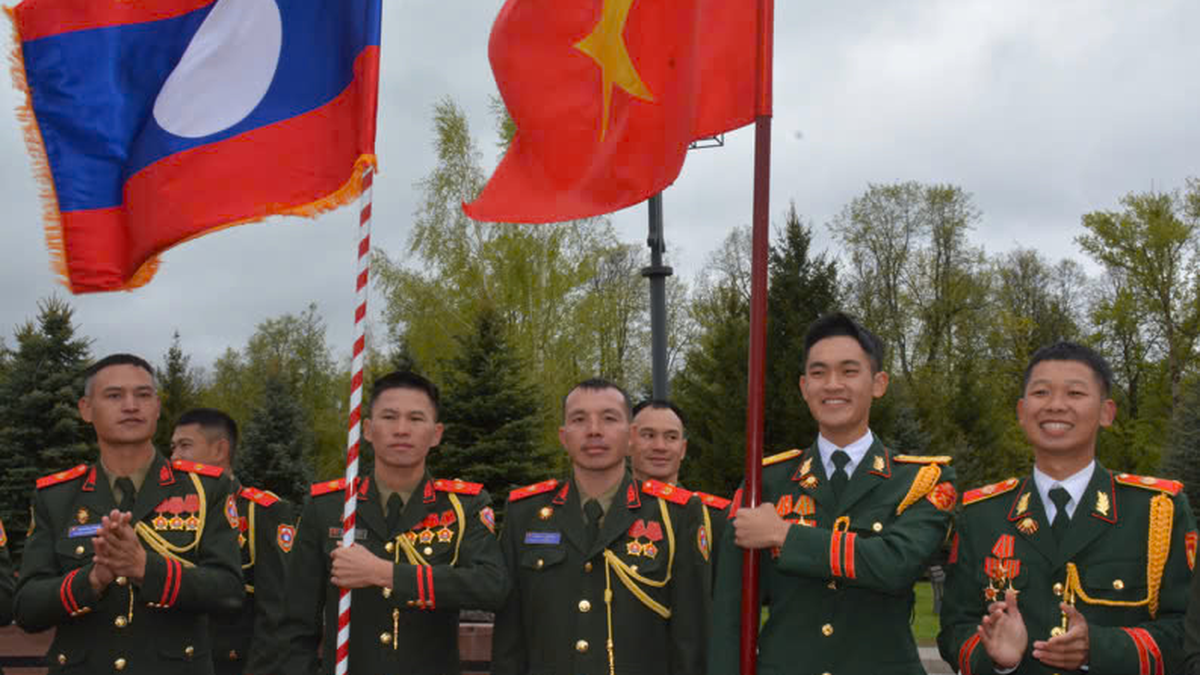
![[Photo] General Secretary concludes visit to Azerbaijan, departs for visit to Russian Federation](https://vphoto.vietnam.vn/thumb/1200x675/vietnam/resource/IMAGE/2025/5/8/7a135ad280314b66917ad278ce0e26fa)
![[Photo] Prime Minister Pham Minh Chinh meets with the Policy Advisory Council on Private Economic Development](https://vphoto.vietnam.vn/thumb/1200x675/vietnam/resource/IMAGE/2025/5/8/387da60b85cc489ab2aed8442fc3b14a)
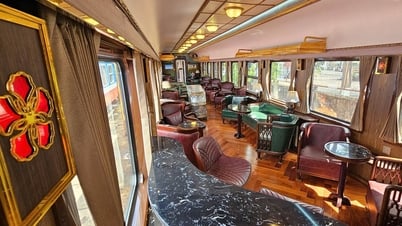

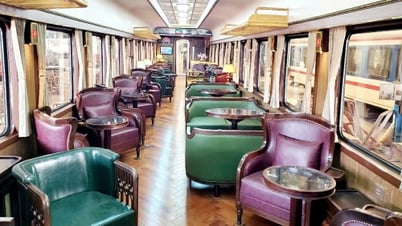

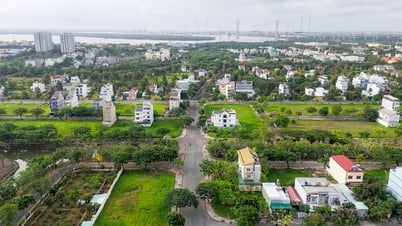
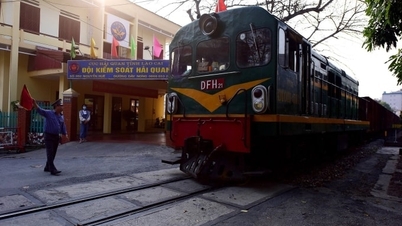



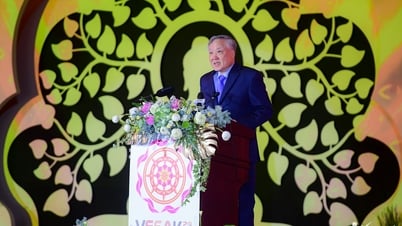

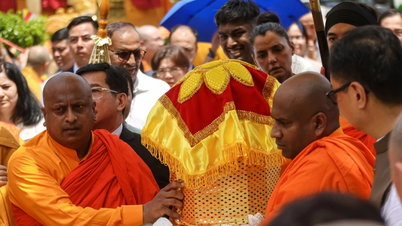
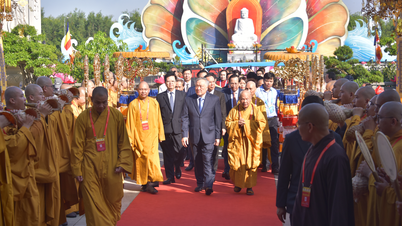
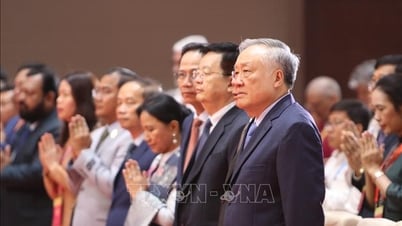
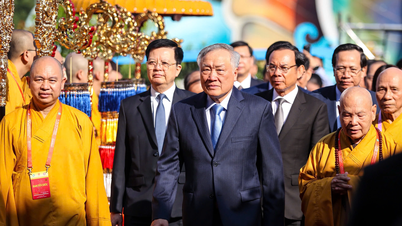






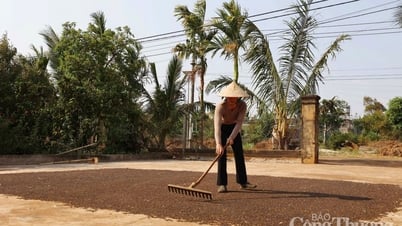
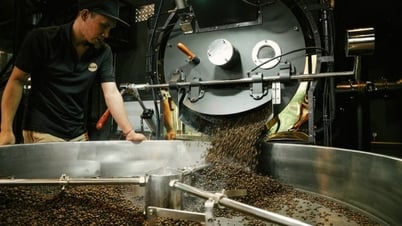
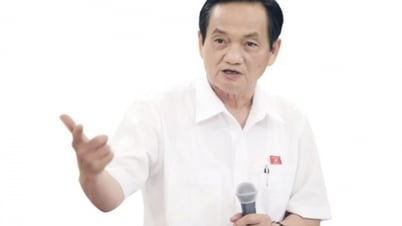




















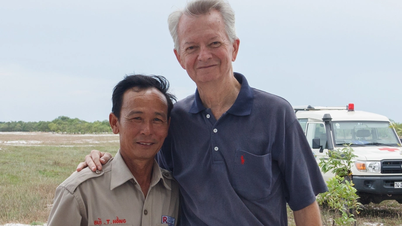









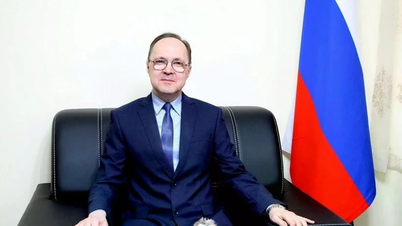
![[Photo] Prime Minister Pham Minh Chinh talks on the phone with Singaporean Prime Minister Lawrence Wong](https://vphoto.vietnam.vn/thumb/402x226/vietnam/resource/IMAGE/2025/5/8/e2eab082d9bc4fc4a360b28fa0ab94de)
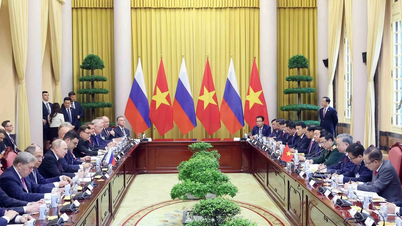

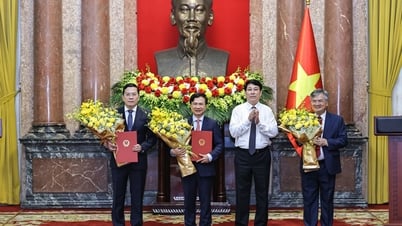




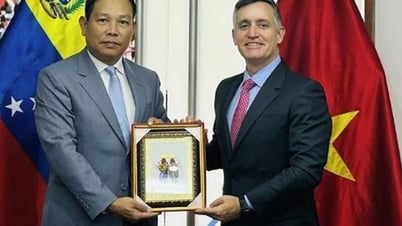

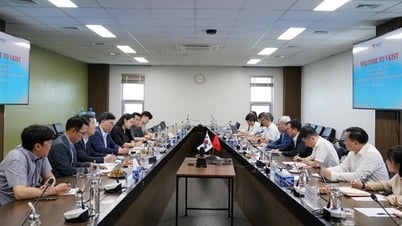


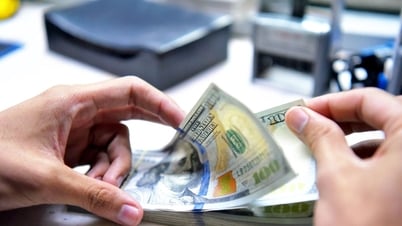


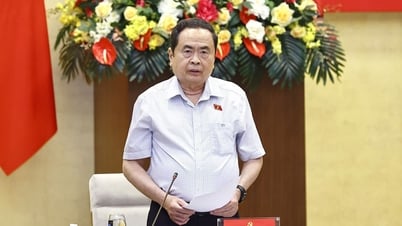

















Comment (0)